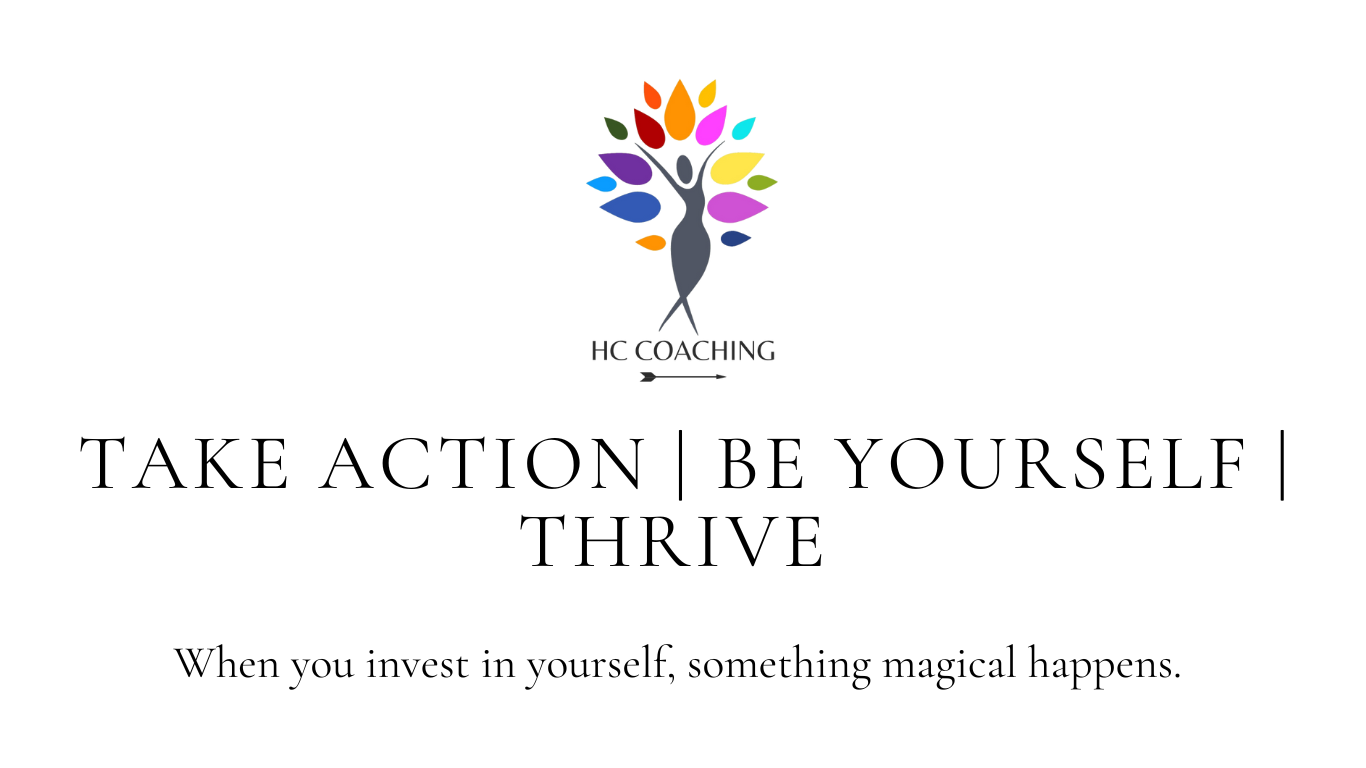Seeing in believing
Vision boards have been used by millions of people to inspire and motivate them to make their dreams a reality. But others don’t find they work. Often this is because of how they create their vision boards. Below I’ll share some tips on how you can make sure the vision board you create is effective for you, but first, let’s look at what they are.
Vision boards are simply:
a collection of visuals used as a whole in goal setting as inspiration & motivation to make your ambitions a reality
They’re based on visualising what we want but don’t have yet – essentially recreating the images, sounds and feelings in your mind surrounding an activity or goal in order to practice in the perfect environment.
Visualisation has been used for years in sports, but we can all benefit from this simple idea. Why does it work? The human brain can’t tell the difference between what we see in our mind and what we have. Studies show that thoughts produce the same mental instructions as actions. Visualisation impacts motor control, attention, perception, planning & memory. It’s been found that mental practices can also enhance motivation, increase confidence and prime your brain for success.
Visualisation is relatively simple, but it does require regular practice. Try this easy exercise:
Relax
Take a couple of deep breaths, let go of all tension and close your eyes. Ideally find somewhere quiet where you won’t be disturbed.
Start by imagining the activity/goal you want to achieve. Focus on looking at the scene imagining the specifics, any sounds, colours. Look in as much detail as you can.
Now put yourself into the scene and imagine experiencing the activity and feelings it generates.
Once you’ve experienced the scene in your mind from your point of view, allow yourself to slowly come back and the image to fade before opening your eyes.
Vision Board
When you create a vision board and place it in a space where you see it often, you essentially end up doing short visualisation exercises throughout the day.
Not everyone can visualise in their mind's eye - so having actual images helps with this as you are really seeing something rather than relying on your imagination.
Vision boards can help you set goals, name dreams and focus on what you want. They require a bit of work and effort but by searching for the right images to use, you’re really defining what it is you’re looking for in the upcoming time period. They are daily reminders of your destination and help you plan your journey.
When it comes to creating your vision board, you can do this digitally (like me) or physically with magazines and newspapers.
For me, an effective vision board comes from the vision and the process.
Tips for creating your own effective vision board
decide on the time frame the board represents from 3month - 2years
ensure the goals you’re adding to the board are genuinely yours and not on there because you feel you should go after them
be as specific as you can with your goals
understand the why behind you wanting this thing - this is heavily involved in motivation and keeping you going when you lose energy and focus
look for images that mean something to you (it doesn’t need to make sense to anyone else) and that generate an emotion with you. It’s better for these images to make you feel something as we respond better to our feelings
don’t get caught up looking for the perfect picture, you can waste a lot of time and get stuck. Find one that is close enough so when you see it you know immediately what it represents
when completed, make sure you put it somewhere you’ll see it regularly so you get those reminders of what you’re going for
set aside a few minutes each week to check in with your vision board so you can keep motivated, recognise any hurdles coming up, problem solve solutions and make progress
The advantage of the vision boards is that you can put them up where you’re going to see them most – your computer desktop, on your phone’s home screen, above your desk. If you’ve got a digital version you can put it everywhere! This way you can’t escape it, it’s always there to bring you back to your dreams when you start drifting away or procrastinating.
If you would like to go deeper into how I create effective vision boards and learn the techniques that turn a decent vision board into a really effective one, then check out my mini-workshop.
